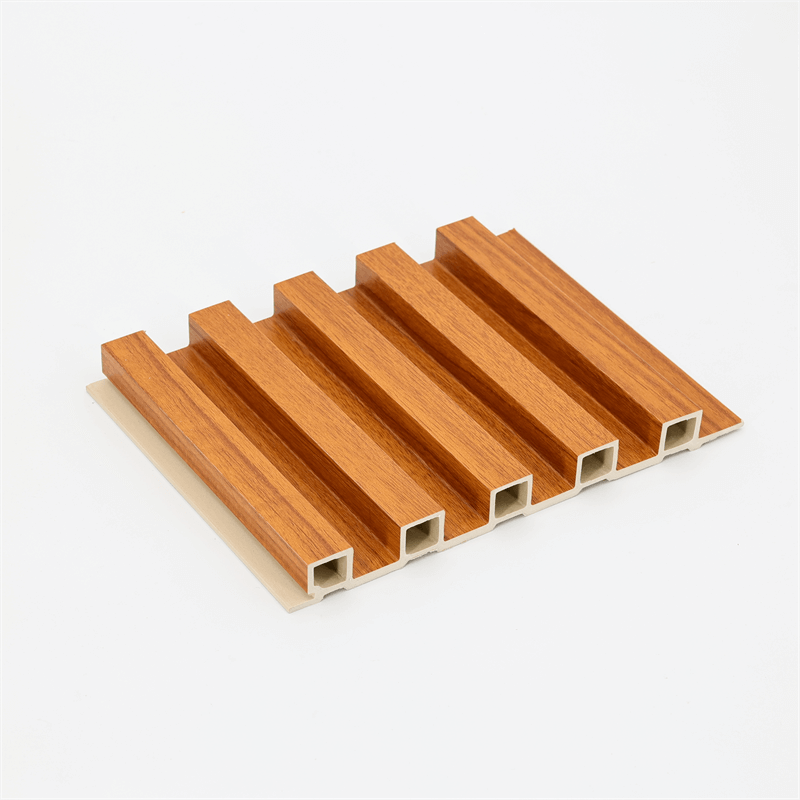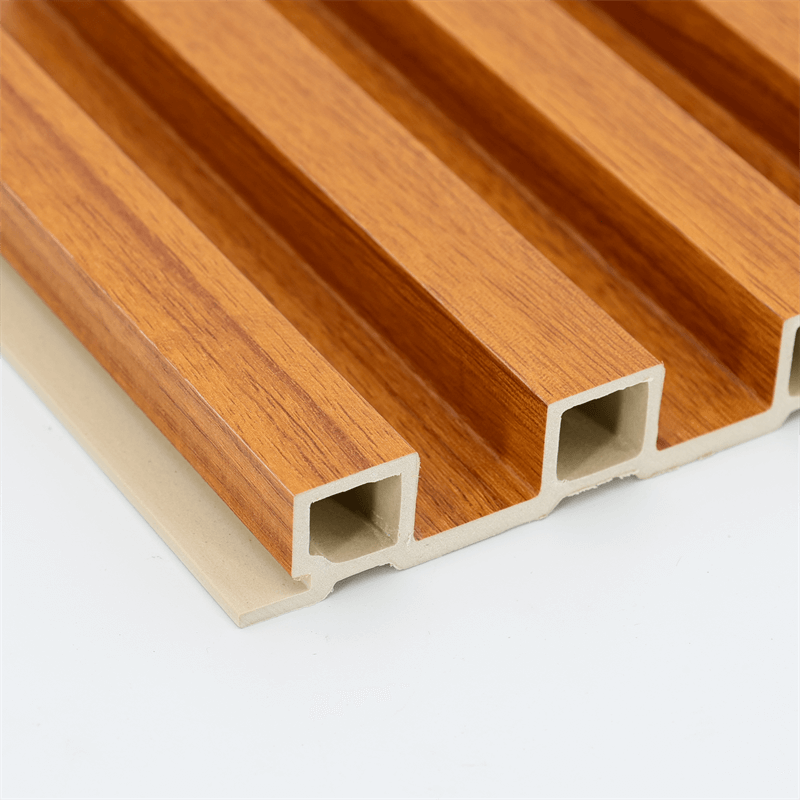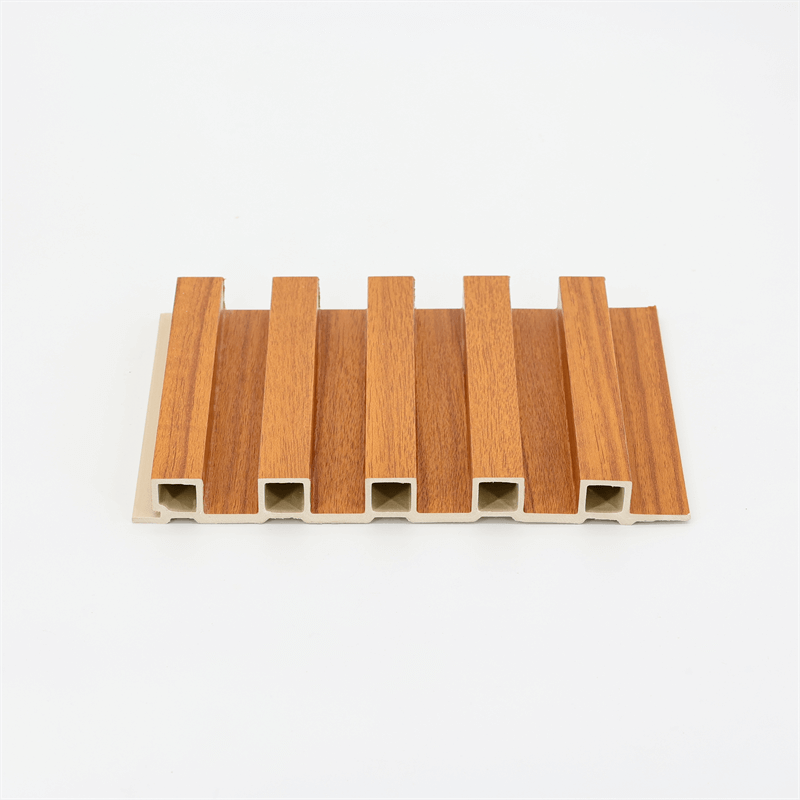
In the ever-changing landscape of interior design, the quest for versatile and sustainable materials continues to evolve.
Wood Plastic Composite (WPC) wall panels have emerged as a revolutionary solution that embodies the essence of modern interior design.
Blending the beauty of natural wood with the durability and eco-friendliness of recycled plastic, WPC wall panels have opened up a new realm of design possibilities.
This article delves into the evolution of interior materials, explores the versatile characteristics of WPC,
showcases its transformative applications in interior design, and envisions a future where sustainable style and functionality go hand in hand with WPC wall panels.
The Evolution of Interior Materials: Embracing WPC Wall Panels
Interior design has come a long way in terms of materials and sustainability.
As the world embraces more eco-conscious practices,
designers and homeowners alike are seeking alternatives to traditional materials that may have adverse environmental impacts.
This has led to the rise of innovative solutions, such as WPC wall panels, that reimagine interior spaces.
WPC is a composite material that consists of wood fibers or flour and recycled plastic.
Its development is a testament to the drive for materials that are both aesthetically pleasing and sustainable.
WPC wall panels represent a shift towards eco-friendly interior solutions without compromising on style or functionality.
As a result, they have swiftly gained popularity as a game-changing material in the world of interior design.

A Material for All Seasons: The Versatile Characteristics of WPC
One of the key factors driving the popularity of WPC wall panels is their unparalleled versatility.
WPC combines the best of both worlds, incorporating the following characteristics:
Aesthetic Versatility: WPC wall panels can be manufactured with a wide range of finishes, textures, and colors.
This versatility allows designers to achieve diverse design styles, from rustic and traditional to modern and contemporary.
Mimicking Natural Beauty: Innovative manufacturing techniques enable WPC panels to replicate the appearance of natural materials like wood and stone.
Homeowners can enjoy the beauty of nature without contributing to deforestation or excessive mining.
Dimensional Stability: WPC wall panels are resistant to warping and cracking, ensuring they maintain their structural integrity over time.
This characteristic makes them suitable for both interior and exterior applications.
Moisture Resistance: Unlike natural wood, WPC is resistant to moisture, making it an excellent choice for humid environments like bathrooms and kitchens.
Easy Maintenance: WPC wall panels require minimal upkeep, making them a convenient and time-saving option for busy homeowners.
Lightweight and Easy Installation: The lightweight nature of WPC makes it easy to handle and install, reducing installation time and effort.
Transformative Design Possibilities: Exploring WPC Wall Panel Applications
WPC wall panels have opened up transformative design possibilities, enabling designers and homeowners to reimagine interior spaces.
Here are some innovative applications of WPC wall panels in interior design:
Feature Walls: WPC wall panels create striking feature walls that serve as captivating focal points in various rooms.
With textured surfaces and intricate designs, these walls add depth and character to interior spaces.
Cladding and Accents: WPC wall panels can be used as cladding on columns, niches,
or other architectural elements to add a touch of elegance and sophistication to the overall design.
Ceilings: WPC panels on the ceiling can create a unique and visually appealing design element, elevating the ambiance of any room.
Room Dividers: WPC wall panels can serve as stylish and functional room dividers, providing visual separation without closing off the space entirely.
Backsplash: WPC panels make for eye-catching and easy-to-clean backsplashes in kitchens and bathrooms, adding texture and interest to these utilitarian areas.
Retail and Commercial Spaces: WPC wall panels are also ideal for retail and commercial spaces, where durability and aesthetics play a crucial role in attracting customers.

Sustainable Style and Functionality: The Future of Interior Design with WPC
As the world embraces sustainability and eco-consciousness, the future of interior design is undoubtedly aligned with materials like WPC wall panels.
The versatility of WPC allows it to adapt to ever-changing design trends while maintaining its eco-friendly attributes.
In the coming years, we can expect to see the following trends in interior design with the increased use of WPC wall panels:
Biophilic Design Integration: WPC wall panels will play a pivotal role in bringing biophilic design principles indoors, allowing for a seamless blend of natural elements with modern aesthetics.
Hybrid Materials: The versatility of WPC opens the door for experimentation with hybrid materials, combining WPC with other eco-friendly materials to create innovative and sustainable design solutions.
Technological Advancements: With advancements in manufacturing technology, WPC wall panels may offer even more intricate designs and textures, further expanding design possibilities.
Customization and Personalization: WPC wall panels’ ability to be customized will be increasingly sought after, allowing homeowners and designers to create unique spaces that reflect individual tastes and preferences.
Eco-Friendly Renovations: WPC wall panels will become a popular choice for eco-friendly renovations, giving existing interiors a sustainable makeover without the need for extensive construction.
WPC wall panels have revolutionized interior design, proving to be a versatile and sustainable material that caters to the needs and aspirations of modern living.
The evolution of interior materials has led to the rise of WPC as an eco-conscious alternative that embraces both style and functionality.
With its aesthetic versatility, ease of installation, and durability,
WPC has opened up a new realm of design possibilities, enabling homeowners and designers to create transformative interiors that reflect their unique vision.
As the world moves towards a greener future, WPC wall panels are undoubtedly set to play a central role in shaping the interior design landscape, where sustainability and style coexist harmoniously.
